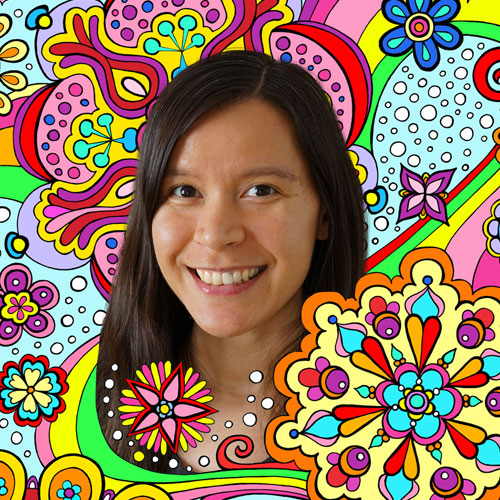How to paint a large painting using a small reference photo
This is Page 7 of a 15-page guide explaining how to paint photorealistically.
You're now at the beginning of Part 2 of my free Step-by-Step Guide: How to Paint Photorealistic Acrylic Paintings!
Part 1 examines all the art supplies you will need to create a photorealistic painting. Once you've got all your art materials and your photo, the next step is to transfer the image onto the canvas or wood panel. (For convenience, I'll refer to the canvas/wood panel work surface as simply "canvas" from here on out.)
One of the defining points of Photorealism, as defined by Louis K. Meisel, is that "the Photo-Realist uses a mechanical or semimechanical means to transfer the information to the canvas". This ensures that the painting will be an accurate representation of the photo, which is the aim of photorealism.
There are 3 main methods for transferring your photo:
projector (slide projector, opaque projector, LCD projector, or overhead projector)
The method you choose will depend upon the following factors:
the size of your painting
the equipment you have on hand
how much money you're willing to spend on equipment for transferring the image
how much time you want to spend transferring the image
Read through the description for each method with the above factors in mind, to determine which method is most suitable for your needs.
Whichever method you choose, always remember that it's of the utmost importance that when the image is transferred, that the rendering is spot on - so make sure you pay careful attention with your drawing. A few lines out of place here and there will really affect the overall composition once you've begun painting.
When you transfer the photos, remember to trace all the forms, outlines, lights and shadows. Trace everything. For instance, if the color of an object gradually turns from light to dark, I'll usually put in subtle reminders so that I know where the significant changes take place. For instance, if this was my reference photo (left), then my tracing would look like this (right):
That should give you an idea of how thorough you need to be with tracing and/or transferring. When in doubt, draw it in!
So, back to those 3 main methods of transferring the photo: projectors, grid method, or transfer paper.
If you need to enlarge a photo to a size greater than 8" x 10", I would recommend either using a projector or the grid method. If you need to transfer a photo that is under 8" x 10", I would recommend using either the grid method or transfer paper. (You can also use transfer paper for larger sizes, which I'll explain in the transfer paper section.)
Read a current and historical overview of Photorealist painting techniques and methods. It is beneficial to familarize yourself with this information before you embark on your own journey to create photorealistic paintings.
Familiarize yourself with the Photorealist art movement by reading my overview of Photorealism.








